How to Get Canadian Permanent Residency with a Low CRS Score
Getting permanent residency in Canada is a dream for many, but if your Comprehensive Ranking System (CRS) score is lower than expected, it can feel like an uphill battle. Don’t worry—there are still ways to succeed. Canada’s immigration system is designed to be inclusive, with various pathways available to accommodate diverse applicants. This guide will provide clear, actionable strategies for securing Canadian PR, even if your CRS score is less than ideal.
What is the CRS Score, and Why Does it Matter?
The CRS score is a critical factor in the Express Entry system, ranking candidates based on age, education, language proficiency, work experience, and other factors. While a higher CRS score increases your chances of receiving an Invitation to Apply (ITA), a low score doesn’t mean the end of your Canadian journey. There are plenty of alternative routes to explore, many of which don’t rely solely on CRS scores.
Pathways to Canadian PR with a Low CRS Score
1. Provincial Nominee Programs (PNPs)
Provincial Nominee Programs are excellent for candidates with low CRS scores. Provinces have specific needs, and they often select candidates who meet their labor market requirements.
- Alberta Advantage Immigration Program (AAIP): This program has selected candidates with CRS scores as low as 300. Visit the Government of Alberta for details.
- Saskatchewan Immigrant Nominee Program (SINP): Known for its flexible requirements, SINP evaluates applicants through its Expression of Interest (EOI) system. Learn more at the Government of Saskatchewan.
- Ontario Immigrant Nominee Program (OINP): Ontario targets specific occupations through streams like the Human Capital Priorities Stream. Visit the Government of Ontario.
Case Study: “X”, a software engineer with a CRS score of 320, leveraged the OINP’s Tech Draw to receive a provincial nomination. With the additional 600 points, “X” successfully received her ITA and is now a permanent resident in Toronto.
2. Family Sponsorship Programs
If you have family members who are Canadian citizens or permanent residents, you may be eligible for sponsorship. This route is particularly advantageous as it bypasses the CRS scoring system entirely. Close relatives can sponsor spouses, common-law partners, children, parents, and grandparents.
3. Securing a Job Offer
A valid job offer can significantly boost your CRS score. Depending on the role, you can earn up to 200 additional points. Employers in Canada often provide Labor Market Impact Assessments (LMIAs) to support candidates. An experienced immigration consultant in Canada, like Sayal Immigration, can assist in finding job opportunities and managing the LMIA process.
4. Language Test Improvements
Language proficiency plays a huge role in CRS calculations. Small improvements in your IELTS or CELPIP scores can make a big difference. For instance:
- Upgrading your score from CLB 7 to CLB 9 could add 100 points to your profile.
- Achieving French language proficiency can bring an additional 50 points.
Prepare thoroughly for these exams to maximize your scores.
5. Explore Pilot Programs
Canada’s pilot programs cater to specific industries and regions. These programs often have unique requirements and lower competition compared to mainstream options:
- Rural and Northern Immigration Pilot (RNIP): Targets smaller communities in Canada.
- Agri-Food Pilot: Focuses on attracting agricultural workers.
For detailed eligibility criteria, visit the IRCC website.
6. Gain Canadian Experience or Education
Having Canadian work experience or education significantly increases your CRS score. Programs like the Post-Graduation Work Permit (PGWP) allow international students to gain valuable experience in Canada, which can later boost their Express Entry profiles.
7. The Atlantic Immigration Program (AIP)
The AIP focuses on attracting skilled workers to Canada’s Atlantic provinces. Unlike Express Entry, this program emphasizes job offers and community engagement over CRS scores. For more, visit the AIP page on IRCC.
Success Stories: Real Cases of Low CRS to PR
Take Mr. “X” story as inspiration. Despite having a CRS score of 330, he pursued the Saskatchewan Immigrant Nominee Program with the guidance of Sayal Immigration, a trusted immigration consultant in Toronto. After receiving a provincial nomination, X’s CRS jumped by 600 points, leading to a successful ITA. Today, he lives in Regina, working in a fulfilling marketing role.
Immediate Steps to Boost Your Chances
- Evaluate Your Profile: Use tools like the CRS Calculator or consult with an expert.
- Enhance Your Application: Focus on improving language scores, obtaining job offers, or gaining Canadian experience.
- Consult Experts: Navigating immigration pathways is easier with professional help. An experienced immigration consultant in Brampton, such as Sayal Immigration, can provide personalized strategies for success.
Why Choose Sayal Immigration?
At Sayal Immigration, we specialize in helping applicants overcome hurdles like low CRS scores. Recognized as a top immigration consultant in Canada, our team crafts tailored strategies to help you achieve permanent residency. Whether you’re seeking an immigration consultant in Toronto or an immigration consultant in Brampton, we’re here to guide you every step of the way.
Book an Appointment with Sahil for any Immigration related Queries
Conclusion: Your Canadian Dream is Within Reach
A low CRS score doesn’t have to end your Canadian immigration journey. With alternative pathways, strategic improvements, and expert guidance, you can achieve your goal of becoming a permanent resident. Trust Sayal Immigration to navigate these opportunities with you—book a consultation today and take the first step toward your Canadian dream.



